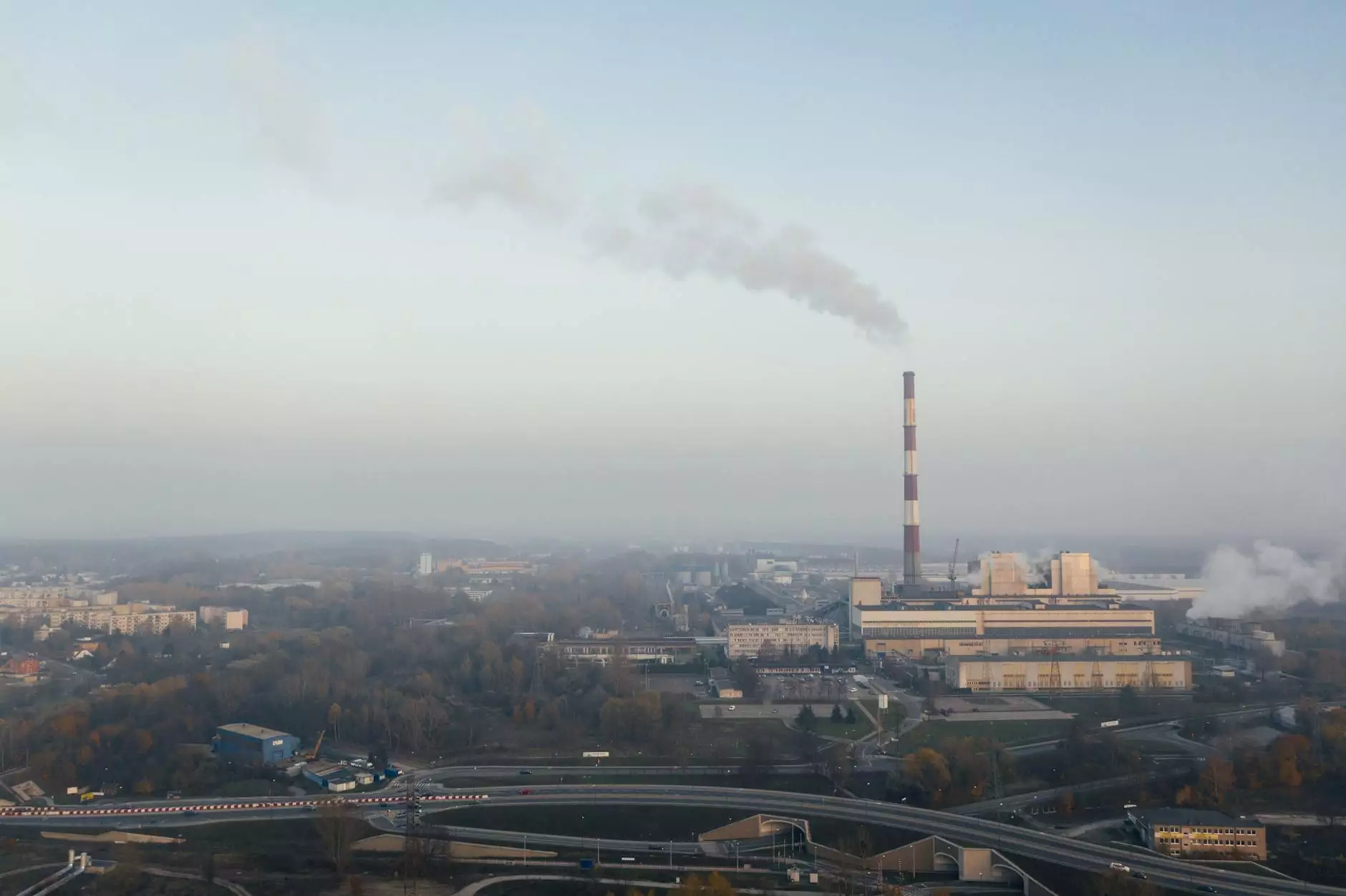Will Vertical Farming Go Mainstream?
Projects
The Potential of Vertical Farming
As the global population continues to rise, there is an increasing demand for sustainable food production methods. Vertical farming has emerged as a promising solution to address this challenge. By utilizing innovative architectural designs coupled with advanced engineering techniques, vertical farming aims to revolutionize the way we grow crops.
Benefits of Vertical Farming
Vertical farming offers numerous benefits that make it an attractive alternative to traditional agriculture:
- Maximized Land Utilization: Vertical farming allows for the efficient utilization of limited space, making it suitable for urban environments where land availability is a constraint. By stacking crops vertically, it is possible to grow more food in a smaller footprint.
- Reduced Water Consumption: Through the use of hydroponic or aeroponic systems, vertical farms can drastically reduce water consumption compared to traditional soil-based agriculture. The controlled environment and recirculation techniques enable optimal water usage.
- Year-Round Crop Production: Vertical farming eliminates the dependence on seasonal factors, enabling year-round crop production. This ensures a consistent and reliable food supply, regardless of external climate conditions.
- Minimized Pesticide Use: By operating in a controlled environment, vertical farming reduces the need for pesticides. This results in healthier and safer produce, contributing to the overall well-being of consumers.
- Enhanced Urban Food Security: The proximity of vertical farms to urban centers enhances food security by reducing the reliance on long-distance transportation and potential supply chain disruptions.
Challenges and Innovations
While vertical farming holds immense potential, it also faces certain challenges that need to be addressed:
- Energy Consumption: Vertical farms require a significant amount of energy to operate artificial lighting, temperature control systems, and irrigation mechanisms. However, advancements in renewable energy sources can help mitigate this challenge.
- Capital Intensive: Establishing a vertical farm can be capital intensive due to the need for advanced technologies, infrastructure, and skilled personnel. Continued developments and cost reductions are necessary to make vertical farming financially feasible for a wide range of stakeholders.
- Integration with Existing Infrastructure: Integrating vertical farms into existing urban infrastructure poses logistical challenges. Efficient transportation and distribution systems need to be established to ensure seamless delivery of fresh produce to consumers.
- Regulatory Framework: The regulatory landscape surrounding vertical farming is still evolving. Clear guidelines and standards need to be developed to ensure food safety, quality control, and compliance with existing regulations.
The Future of Vertical Farming
Despite the challenges, vertical farming is gaining traction as an important field within the heavy industry and engineering - architecture sector. There are several factors contributing to its potential mainstream adoption:
- Technological Advancements: Continued advancements in technologies such as LED lighting, automation, and AI-driven climate control systems are making vertical farming more efficient, cost-effective, and scalable.
- Growing Consumer Demand: As consumers become more conscious of the environmental impact of their food choices, the demand for locally grown, sustainable produce is on the rise. Vertical farming offers a solution that aligns with these preferences.
- Collaborative Research: Researchers, scientists, and architects are actively collaborating to discover new innovative solutions and overcome the challenges associated with vertical farming. This collective effort is propelling the industry forward.
- Economic Viability: As the technology matures and economies of scale are achieved, the cost of establishing and operating vertical farms is expected to decrease. This will make it financially viable for a wide range of stakeholders, from small-scale entrepreneurs to large corporations.
- Social and Environmental Benefits: The integration of vertical farming into urban areas can have positive social and environmental impacts. It creates employment opportunities, reduces food waste, and minimizes the ecological footprint associated with food production and transportation.
McKenna John J Architect recognizes the potential of vertical farming and its significance within the heavy industry and engineering - architecture domain. With our expertise in architectural design, engineering, and sustainable solutions, we are committed to supporting the development and implementation of vertical farming projects. Contact us today to learn more about our innovative approach and how we can assist you in harnessing the benefits of vertical farming.




